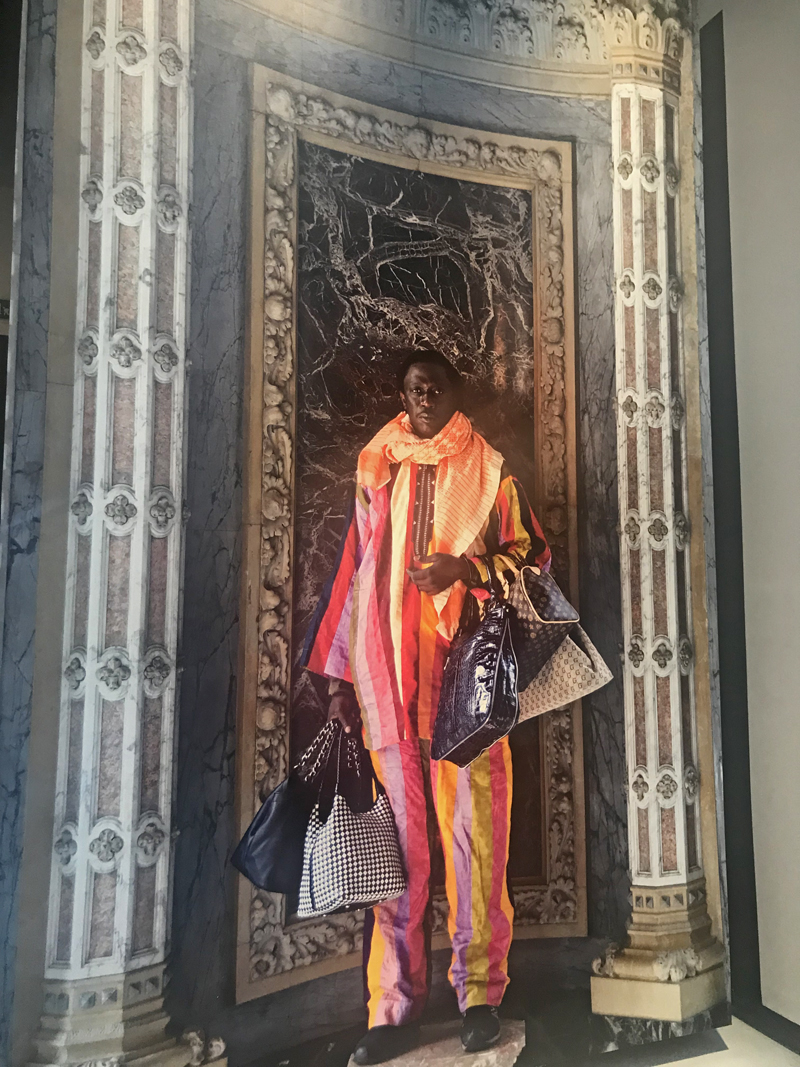
So, I must admit that when I was asked to cover the African art exhibit at the MAXXI National Museum of 21st-century arts, I was beyond excited. My immediate thought was what am I going to wear? Never one to miss out on a good fashion opportunity, this seemed like the perfect occasion to pull out my Ankara (traditional African fabric from Nigeria), jewelry, and African head wrap.
Upon arrival to the art museum I noticed a few things. First, the museum is very modern and the architecture amazing. Secondly, that from the number of stares I received, it’s not everyday that Italians get to see a very tall Black woman wearing a colorful head wrap and African inspired clothing and jewelry in their midst. Lastly, (and partially due to the second thing that I noticed), an art exhibit showcasing art from a population that makes up less that 2% of the country’s total population, (like this one) is very important not only to the MAXXI Museum Rome, but to the city of Rome and Italy as a country.
Afropolitan is an intercultural mediation project, organized by the MAXXI Education Department. This exhibition gives participating artists from different areas on the continent of Africa and the African diaspora an opportunity to interpret their African heritage from a context that is personal, political, and imaginative.
The thought that came to mind for me was Wakanda, the fictional city from the Marvel Comic blockbuster movie Black Panther. In the movie, the city of Wakanda allowed people of African decent to imagine a modern African metropolis, thriving, progressive, free from colonialism, and to ponder what Africa could have possibly been had the continent had control of its resources.
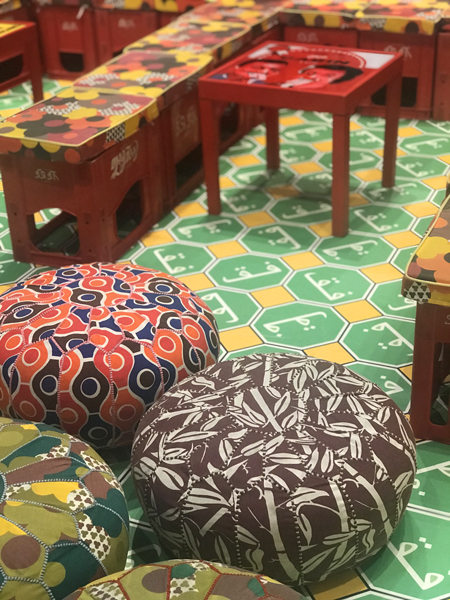
The predominant themes of the pieces centered around religion, natural resources and commodity, heterogeneity, diversity, and the effects of colonization on the continent of Africa. Thought provoking and emotional, these young artists bring to light what it means to be young, Black, gifted, and Italian.
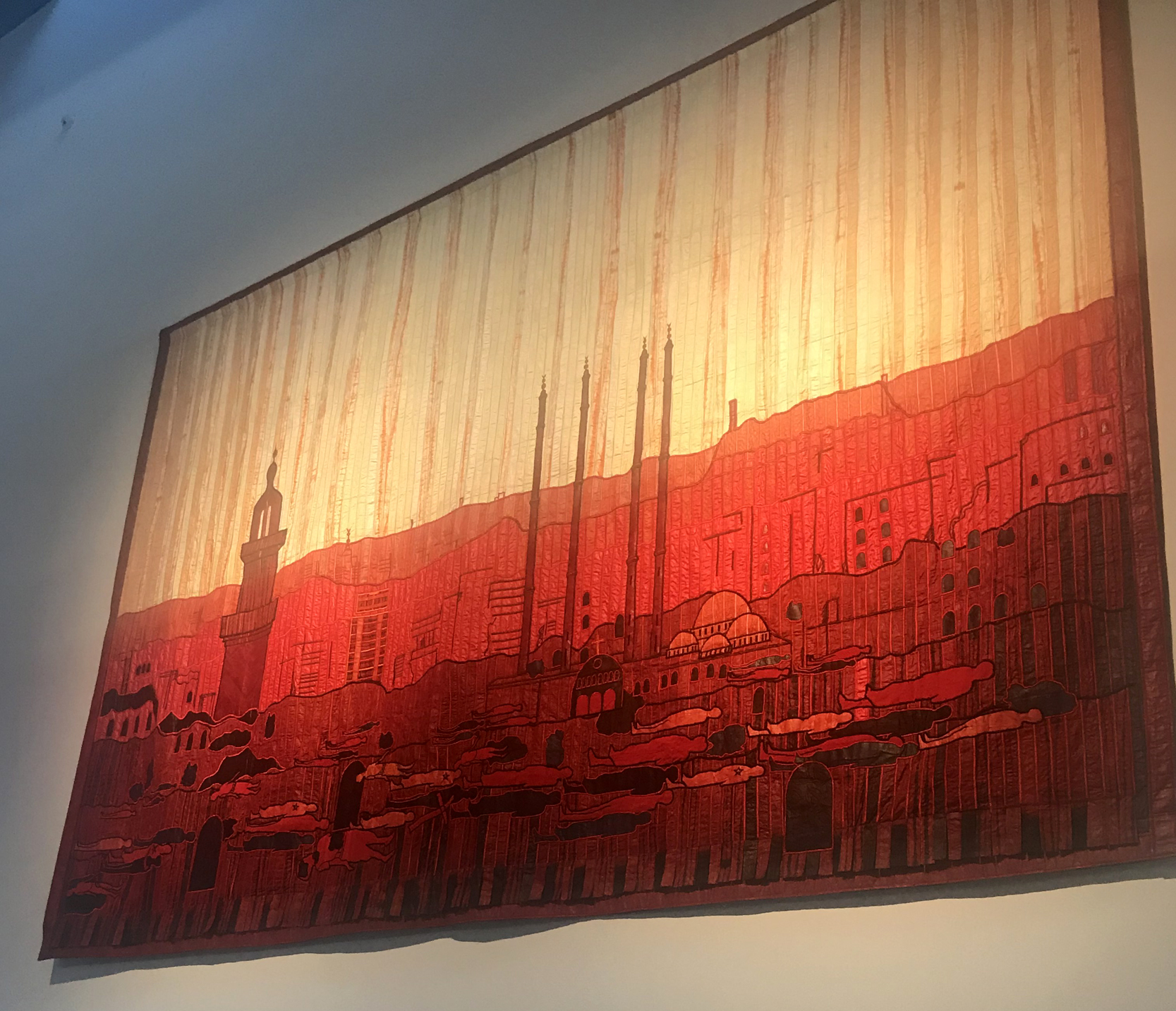
Red Textile Piece by Abdoulaye Konate
There were two pieces that stayed with me on an emotional level. The first being a red textile piece made from traditional West African fabric by Abdoulaye Konate from Mali. The piece begged me to ask why we can’t all just get along. So many kill and mistreat one another in the name of religion. Is there a time and space in our future where we can truly co-exist?
The second piece that struck me was a short film entitled “Lazy Nigel” by Simon Gush of South Africa. Tapping into the subject of culture and work ethic, this provocative piece asks the question of what is work in the first place, who quantifies it, and why are we judged for working too much or too little. The most powerful quote from the film was this “The moralizing of hard work within our society, the way we are persuaded that it will uplift us, has normalized work so that it has become invisible. Invisible in the sense that we cannot look directly at it: we can talk about conditions in the workplace, whether workers are treated well, but we cannot question whether the problem might be work itself.
It is an activity that consumes so much of our time and our lives, yet us so difficult to critique.”
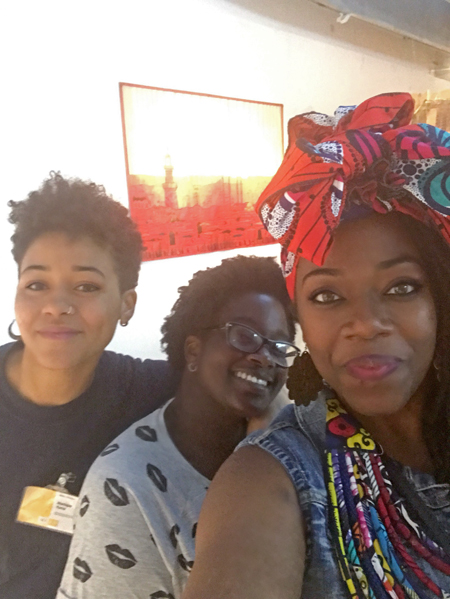
Left to right: Monique Chabusiku Yuma, Fatou Tufa Sokhna (middle), Candice Smith-Adewole
The most memorable part of my evening at the Afropolitan was meeting Monique Chabusiku Yuma and Fatou Tufa Sokhna, two young Afro-Italian women, who are apart of the intercultural mediation project. As is very common when people of the African Diaspora meet, we love to share our stories of being Black in predominately non-Black spaces. We quickly found that there are many parallels in our collective experiences as Black people, and they wanted to know how African-American people felt about Africa in general, and other Black people in the diaspora, especially since African-American culture is so influential worldwide.
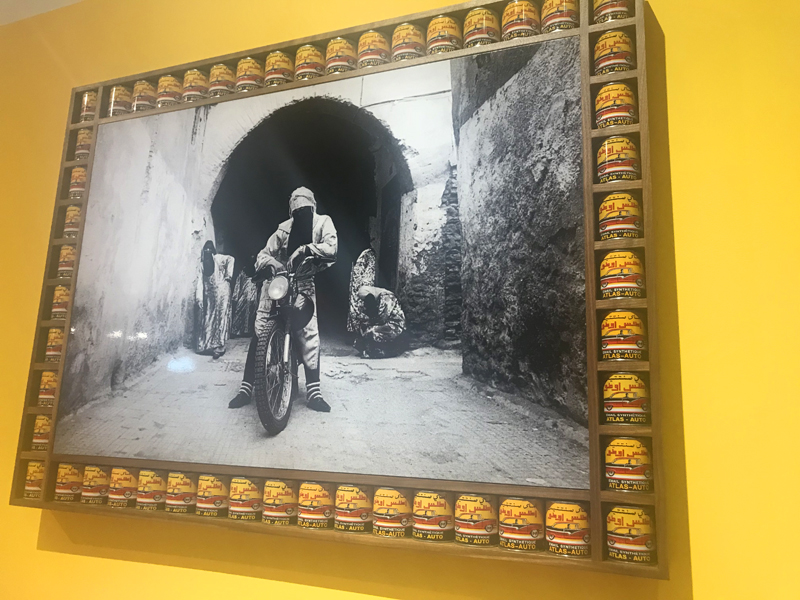
We spoke of African migrants, and African women being tricked and forced into sex slavery. We spoke of the artwork reflecting all the issues concerning the current perception of Africans in Italy at the moment.
I left them with these words. Representation and imagery matter. It is up to you to make people see the unique beauty, talents, and contributions you bring to the planet, and bring to Italy. Show people that African culture can be beautiful, and elegant, and modern. Do it in a way that says I am here, and you are going to see me.
Exhibition closes: 4th November 2018
Opening hours: 11:00 to 19:00 (Saturdays until 22:00, Monday closed)
Tickets: full price – €12,00; concessions – €9,00
MAXXI National Museum of 21 st-century Arts
Via Guido Reni, 4/a
Tel. 063201954
www.maxxi.art
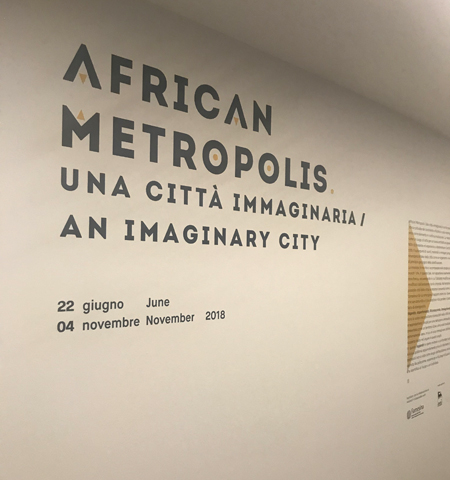
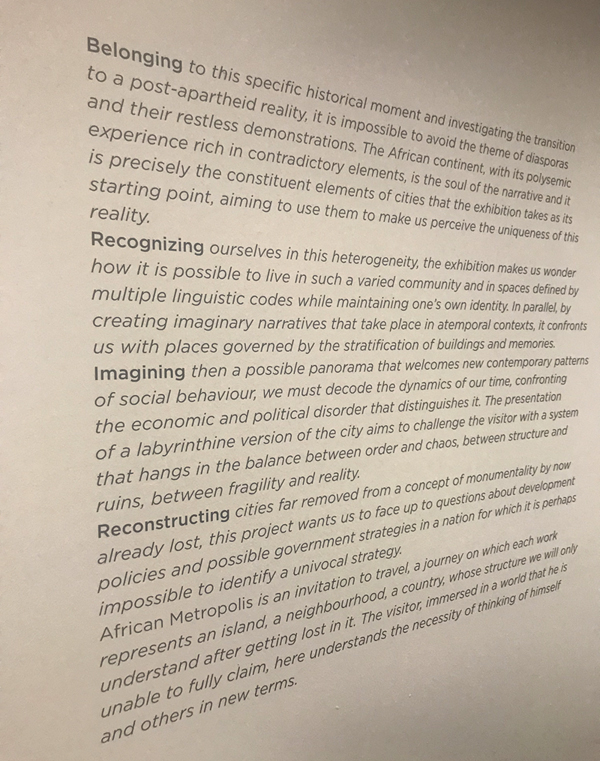
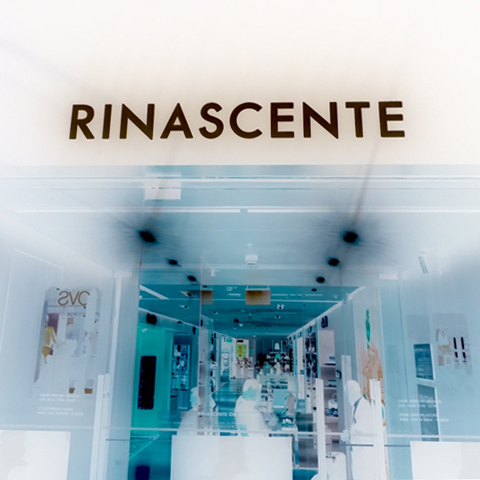
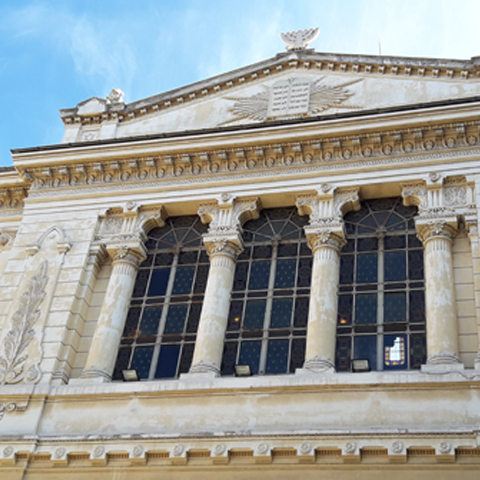
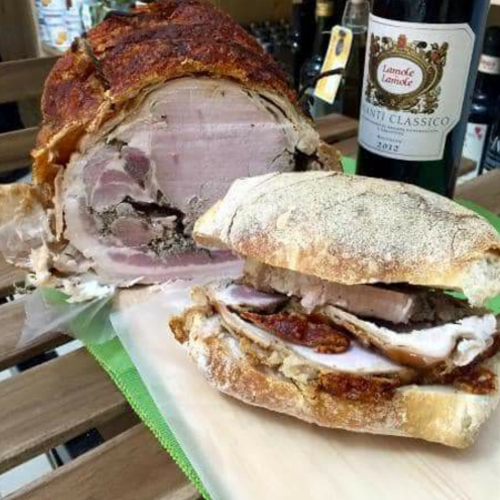
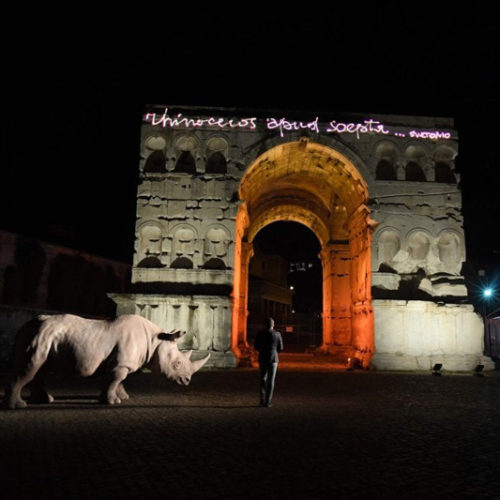
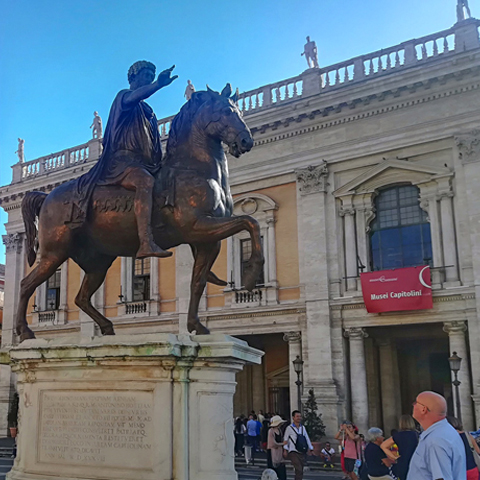
Beautiful! What a wonderful testament for African culture.
I love how the museum uses bright colors to bring life to the exhibits
The brilliant colors are captivating! Thanks for sharing this exhibition.